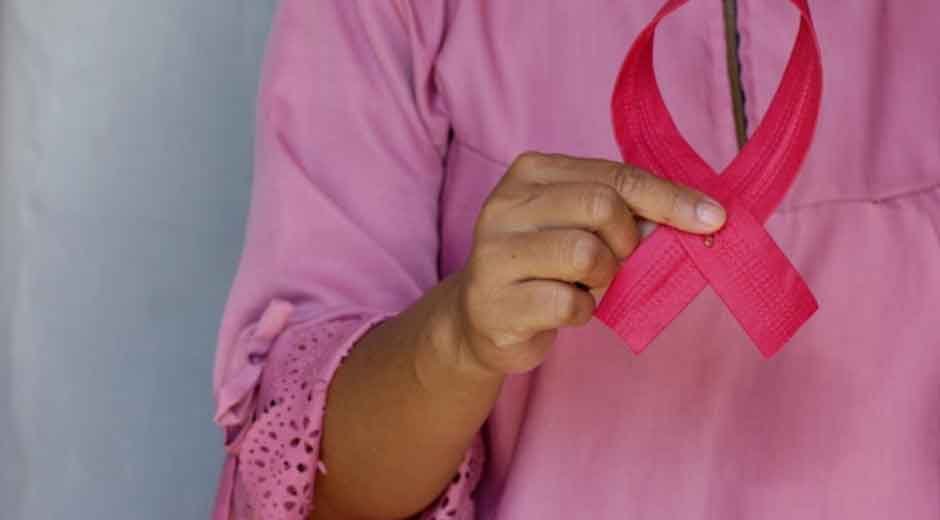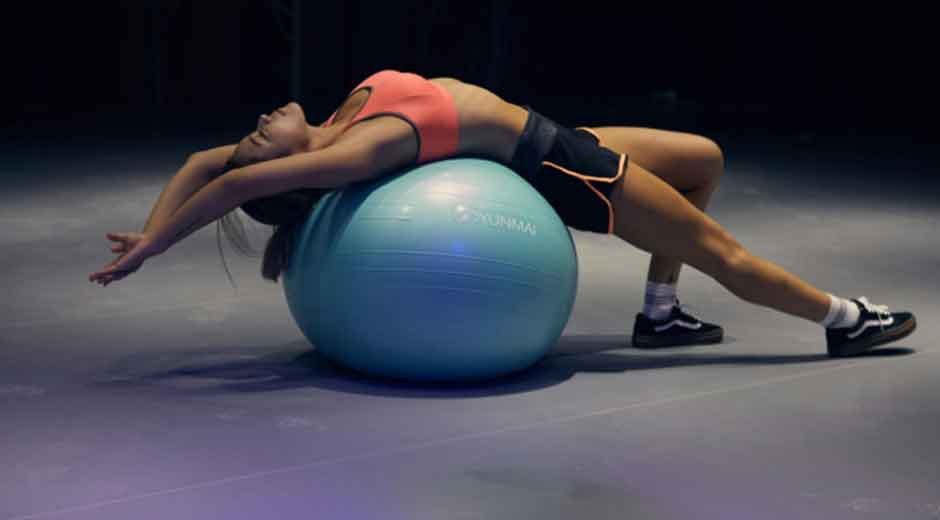For many breast cancer survivors, the battle doesn’t end with the final round of chemotherapy or the completion of surgery. Post-treatment recovery often involves a multitude of physical and emotional challenges, from regaining strength to managing pain. Physical therapy specifically tailored for breast cancer recovery can be an indispensable part of the healing process. Given the multifaceted nature of rehabilitation, understanding what it entails and how it benefits recovery is crucial. Keep reading to explore how physical therapy can enhance the quality of life for those who have walked the demanding path of breast cancer treatment.
Table of Contents
Understanding the Importance of Physical Therapy in Breast Cancer Recovery

The aftermath of breast cancer treatment often leaves patients grappling with loss of mobility, strength, and function, particularly in the upper body. Addressing these physical impairments head-on is where breast cancer physical therapy plays a critical role. Tailored interventions aim to restore range of motion, alleviate pain, and prevent lymphedema, which is a common side effect involving swelling due to lymph fluid build-up.
Engagement in breast cancer physical therapy soon after treatment can speed up the recovery process and improve long-term outcomes. By collaborating with a trained therapist, survivors can target specific muscles and tissues that have been affected by surgery or radiation, thereby minimizing the risk of chronic pain and disability. Additionally, the oversight of a professional ensures exercises are done safely to avoid injury.
Customizing Physical Therapy: Techniques and Exercises for Breast Cancer Patients
Every breast cancer survivor’s journey is unique; hence, the approach to physical therapy must be personalized. During the initial evaluation, therapists assess individual needs and develop a customized plan that may include specific exercises, stretches, and techniques. These are designed to target the affected areas and improve overall strength and flexibility.
One common technique used in breast cancer rehabilitation is manual lymphatic drainage, a form of gentle massage that stimulates lymph flow. Other exercises may focus on strengthening the core and lower body to improve balance and stability, reducing the risk of falls and other injuries. Therapists may also utilize resistance training to rebuild muscle mass lost during treatment.
Additionally, physical therapists may incorporate specialized equipment, such as resistance bands or weights, to progressively advance a patient’s strength. Modalities such as ultrasound or electrical stimulation may be used to reduce pain and inflammation. The choice of techniques and exercises is always adapted to the patient’s level of comfort and stage of recovery.
Overcoming Post-Mastectomy Challenges Through Physical Therapy
A mastectomy, while a life-saving procedure, brings a unique set of challenges that physical therapy can help address. Patients may experience limited upper body movement, tightness, and pain around the surgical site, which can impede daily activities. A physical therapist will work to alleviate these symptoms through individualized exercise programs and manual therapy techniques.
Breast reconstruction or the use of prosthetics after a mastectomy can also alter a survivor’s center of gravity and posture. Physical therapy provides guidance on how to adapt to these changes, promoting proper alignment and reducing discomfort. Additionally, therapists offer strategies to manage scar tissue, which can restrict movement and contribute to pain if left unaddressed.
Furthermore, physical therapists play a crucial role in emotional support and motivation during what can be an incredibly daunting time. By setting achievable goals and celebrating milestones, they foster a sense of accomplishment and a positive mindset. This psychological aspect is as important as the physical exercises within the rehabilitation process.
How to Integrate Physical Therapy Into Your Breast Cancer Recovery Plan

To incorporate physical therapy into your recovery plan effectively, it’s crucial to communicate openly with your medical team. Discuss your goals and concerns with your oncologist, who can refer you to a physical therapist with experience in breast cancer rehabilitation. Early intervention can be key to preventing long-term limitations and enhancing recovery.
Prioritize regular appointments and follow the personalized program designed by your therapist. Consistency in attending therapy sessions and performing prescribed exercises at home will compound the recovery benefits. Be sure to update your therapist on any new symptoms or challenges that may arise, as this will allow for timely adjustments to your program.
Altogether, the integration of physical therapy into the recovery process of breast cancer survivors is indispensable. It not only aids in restoring physical function and reducing pain but also plays a significant role in improving emotional well-being. Overall, it equips survivors with the tools needed to reclaim their lives and emerge from treatment stronger and with greater resilience.
